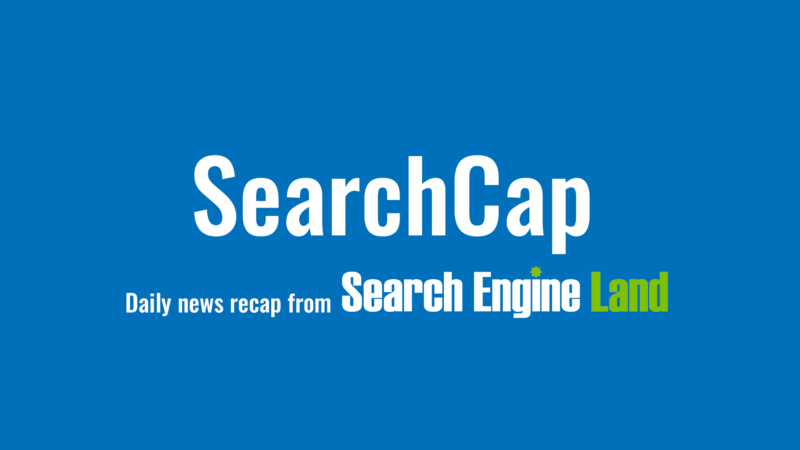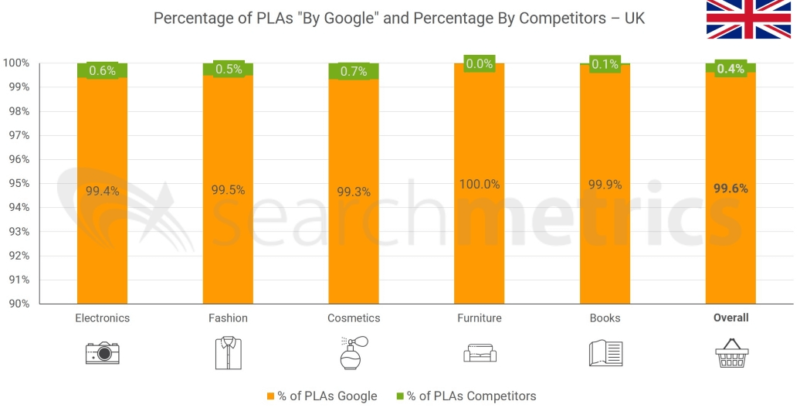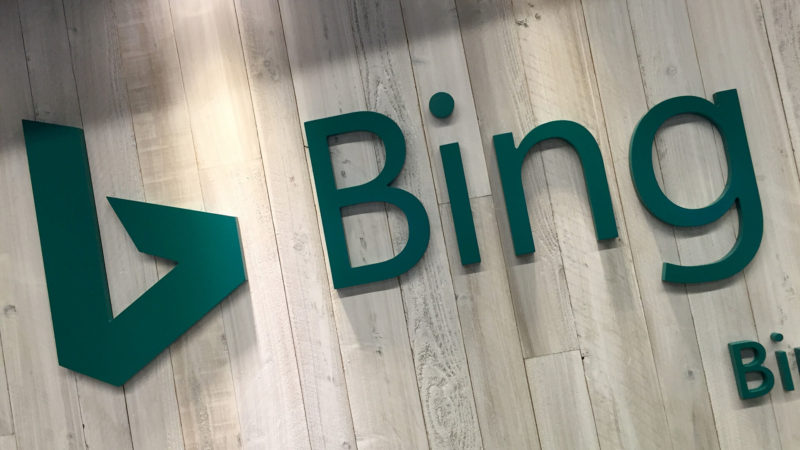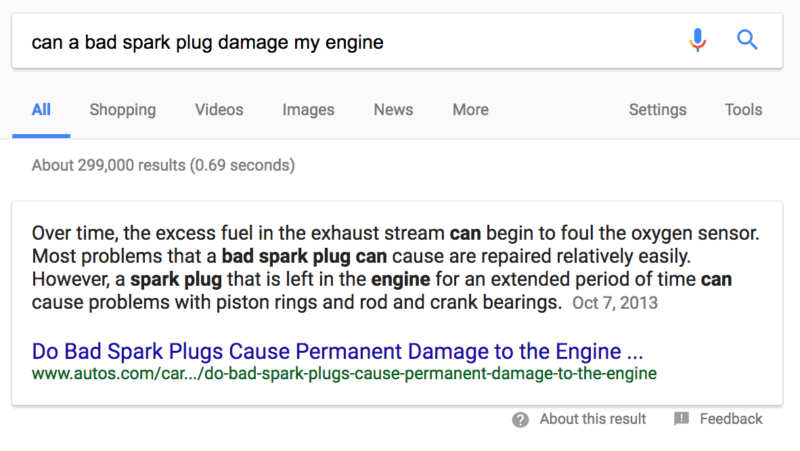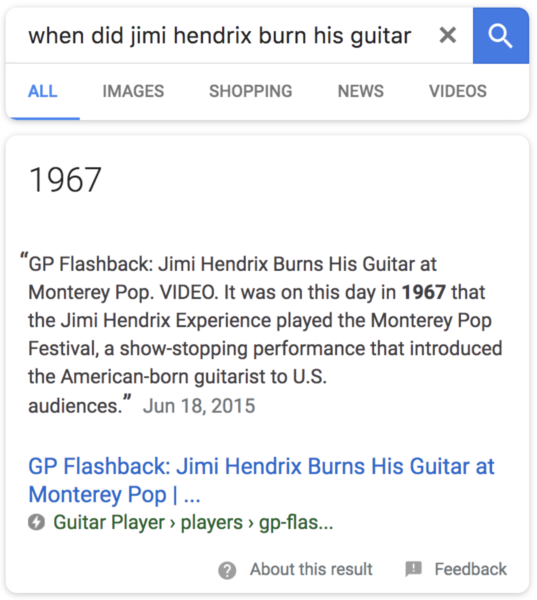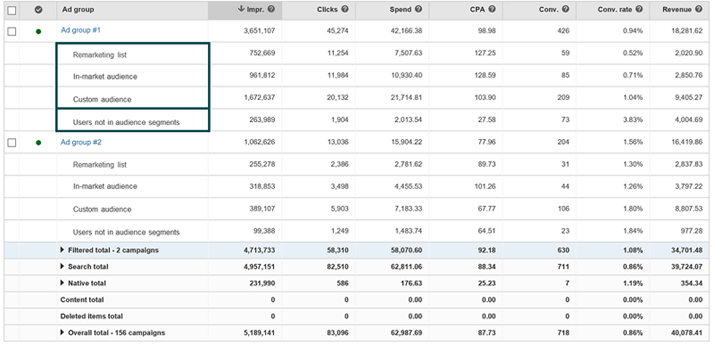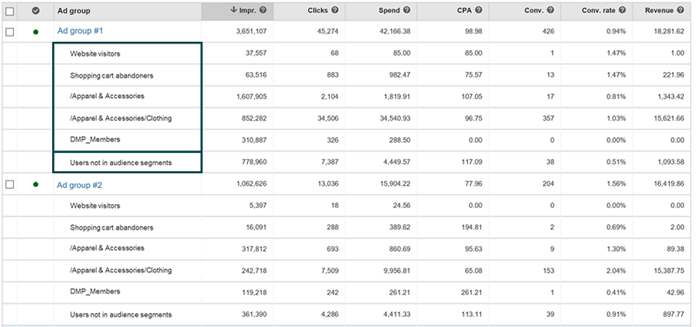
Google has used links to determine the authority of websites since its early days: the idea of webpages casting “votes” for other pages by linking to them is at the core of the PageRank algorithm. This led to the rise of numerous manipulative link tactics. Google reacted with the Penguin update and manual penalties; link schemes evolved to outsmart the algorithm. New Penguin updates followed. The story went on for years, until it no longer made sense.
First, publishers started to associate links with a risk of getting penalized. Today, many of them (think Wikipedia, The Next Web, Entrepreneur, Forbes and numerous others) simply nofollow outgoing links: They don’t want to be seen as “endorsing” every site they link to or even contemplate what the algorithm might make of it. They’re playing it safe, and you can’t blame them. But what good is the system if the biggest players stop casting their votes?
Second, the internet is changing. PageRank’s idea of the web being a graph of pages connected by hyperlinks, which represent relationships between these pages in a very limited, binary way (link = trust; lack of link = lack of trust), is somewhat outdated. The web today is so much more than links and pages — it’s a full-blown ecosystem where relationships can be expressed in a million ways. Unlinked brand mentions and the sentiment behind them may be the timely replacement for a site authority signal the internet needs.
In this post, we’ll take a look at how unlinked mentions may be used by search engines for ranking and how you can track and amplify these mentions to boost your SERP presence with a web monitoring tool like Awario.
The evidence
So what makes us think search engines use linkless mentions for ranking?
1. Google and Bing have said it
Google Webmaster Trends Analyst Gary Illyes mentioned in his keynote at Brighton SEO in September 2017:
“If you publish high-quality content that is highly cited on the internet — and I’m not talking about just links, but also mentions on social networks and people talking about your branding, crap like that. Then you are doing great.”
Duane Forrester, formerly senior product manager at Bing, pointed out at SMX West 2016 that unlinked mentions can be as strong a signal as backlinks, confirming that search engines can easily identify mentions and use them to determine site authority:
“Years ago, Bing figured out context and sentiment of tone, and how to associate mentions without a link. As the volume grows and trustworthiness of this mention is known, you’ll get a bump in rankings as a trial.”
2. Google’s patents have said it
Google’s Panda patent (covered extensively by Bill Slawski here) also refers to mentions, aka “implied links,” as a signal that could be equal in weight to the good old backlinks:
“The system determines a count of independent links for the group (step 302). […] Links for the group can include express links, implied links, or both. […] An implied link is a reference to a target resource, e.g., a citation to the target resource, which is included in a source resource but is not an express link to the target resource. Thus, a resource in the group can be the target of an implied link without a user being able to navigate to the resource by following the implied link.”
3. Google’s Search Quality Guidelines have said it
Search Quality Guidelines is a document used by Google’s quality evaluators who rate web pages in SERPs; based on the ratings, Google develops changes to their ranking algorithm. From these guidelines, we know that reputation (aka the public opinion about a brand) matters for rankings.
“For Page Quality rating, you must also look for outside, independent reputation information about the website. When the website says one thing about itself, but reputable external sources disagree with what the website says, trust the external sources.”
4. It helps Google tell the good from the bad
A few years ago, negative reputation could actually help some not-so-conscientious online merchants rank in Google, as bad reviews generated links and buzz around the brand. But when stories like this hit The New York Times, things weren’t funny anymore.
In response to that story, Google incorporated an algorithmic solution to down-rank merchants that provide poor user experience. Not surprisingly, Google won’t say exactly how the solution works. One thing they did mention is their “world-class sentiment analysis system,” though it’s not completely clear whether it’s being used in the algorithm.
What does this mean for your SEO strategy?
The bad news is, you’ve got one more thing to track and optimize. The good news is that mentions are much easier to get than dofollow links and will likely pay off equally well. The even better news? If you already have a link-building strategy that’s working for you, you can continue using it to win mentions and stop stressing about publishers nofollowing your links (or not linking to you at all).
Here are two things to include in your SEO strategy in 2018.
1. Track brand mentions
In addition to a backlink checker, you’ll need a monitoring tool to find mentions of your brand and product across the web. Mind that a lot of apps only look for mentions on social media, so make sure the one you choose is good at digging up mentions that come from around the web (think review platforms, forums, blogs and news sites). Awario, with its own web crawler, is really good at this. You can sign up for a free 14-day trial here.
To get started, simply create an alert for your brand (if you’d like to track backlinks alongside, create a separate alert for your website URL). You’ll see your feed populate with mentions in a few minutes. From there, use Awario’s Reach metric to see the authority of every resource that mentions you, be it a website or social media user. You can sort your mentions by Reach to see the most influential posts first.

On top of that, Awario has a sentiment analysis system, so you can quickly see the sentiment behind every mention, filter mentions to react to the negative ones quicker and, most importantly, aggregate the data to see which sentiment dominates your brand’s mentions (sentiment is used by Bing and likely Google, remember?). To do this, jump to the Dashboard module and examine the sentiment graph to make sure you’re doing well with your reputation. You can click on any point on the graph to see the positive or negative mentions from any day.

Keep an eye on how your mentions and their Reach grow and how the overall sentiment of the buzz around your brand changes.
2. Keep growing your mentions
Link building isn’t just about links anymore. A lot of the same principles apply to building unlinked brand mentions, and there are also new, exciting tactics to try. Here are a few to get you started.
- Reviews: Encourage and track customer reviews for your brand, and make sure to respond to the negative ones. Depending on the type of your business, platforms to track for reviews will vary: TripAdvisor and Yelp for restaurants, G2 Crowd for SaaS apps and so on.
- Social selling: Social media is the place to go if you want to build brand awareness, get the conversation going about your business, and even do sales. Skeptical? Here’s a good post that explains the benefits.
- Social customer care: Customers turn to social media to complain and ask questions about brands, and you want to be there to grow their trust and loyalty. Not only is this good for business, but the happy customers are likely to keep spreading the word about your brand, which can help SEO. Here’s a guide to get you started.
- Competitor monitoring: Just as with backlinks, it’s important to track mentions of your competitors to see what they’re doing to grow awareness and learn from their tactics and mistakes. The benefits are infinite; here are the major ones.
- Influencer marketing: In addition to your brand monitoring alerts, use Awario to track mentions of industry keywords. This will not only help you understand your audience better, but it will also find influencers to market your products through (use the Influencers report for that). Remember, as with backlinks, it’s not just quantity that matters — the more authoritative the person mentioning you, the more weight the endorsement has. Get started with this post.

One last thing
Links aren’t obsolete yet. They still matter, but the amount of buzz around your brand and its sentiment is no less important. And if you think about it, it makes sense. You want people to be talking about your business and saying good things about it. Is it any wonder search engines are putting this “buzz” into a quantitative metric so they can give searchers the results other people trust and love?
The post How to use brand mentions for SEO, or the linkless future of link building appeared first on Search Engine Land.
